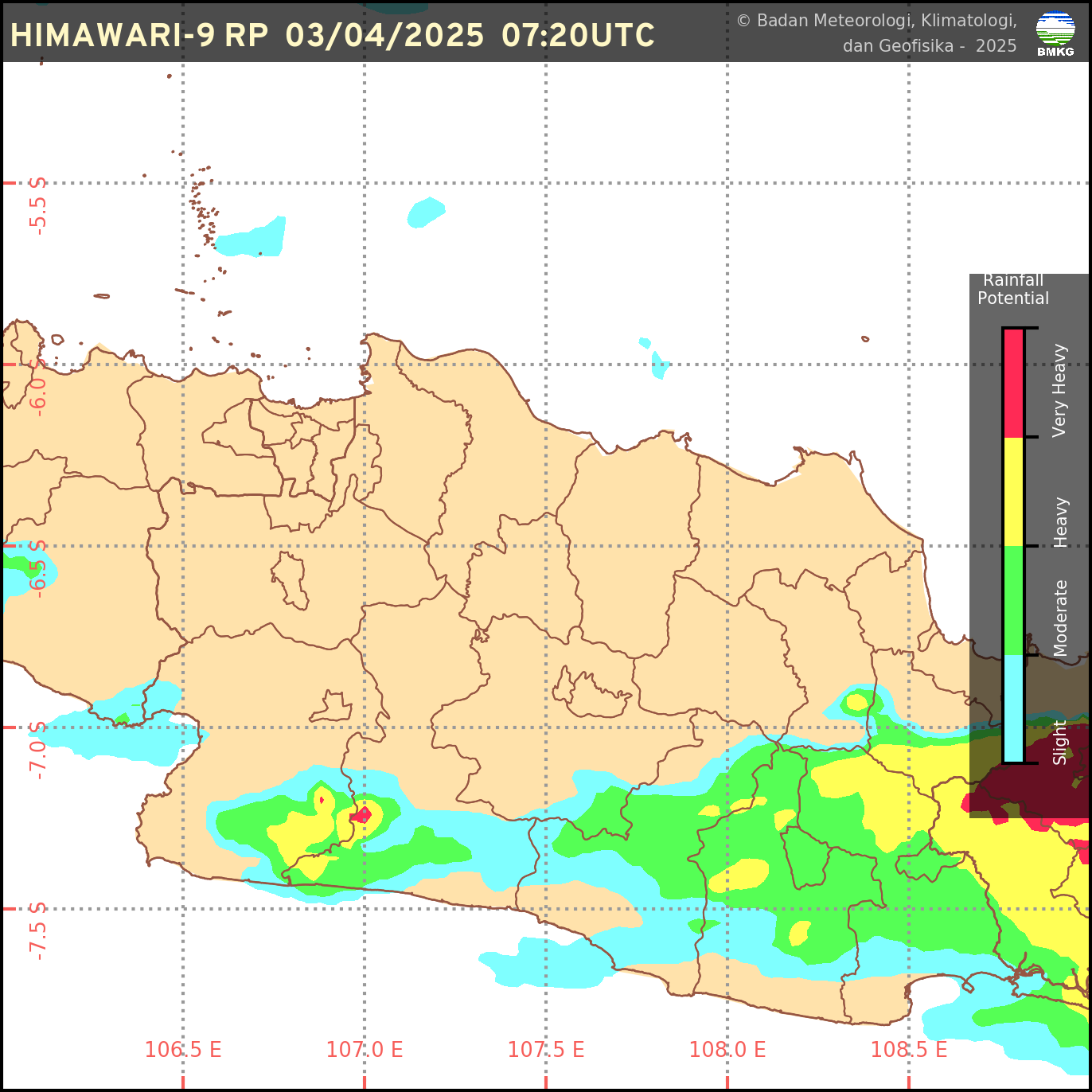Authors: MK Najib, S Nurdiati, A Sopaheluwakan.
Abstract: Wildfire activities in Borneo Island are sensitive to local and regional climate conditions, especially in 2015 and 2019. Knowing the ENSO effect on the joint distribution of drought indicators, such as dry spells, total precipitation, and precipitation anomaly, is important to develop a fire risk model. Therefore, the study aims are to analyze the 2015 and 2019 extreme drought events and the ENSO effect on the joint distribution of drought indicators using copula. We found that the worst drought condition in 2019 was worse than in 2015. However, the 2015 drought impact was more pronounced because it is longer than the 2019 drought. The copula fitting results show that the Galambos and asymmetric Gumbel are the fittest copulas for bivariate and trivariate cases, respectively. Both have dependent structures on the upper tail. The dependency structure is more varying when we reduce sample size based on seasonality and ENSO conditions. The probability that a month is more severe than in 2019 (both in dry spells and total precipitation) is 1/78 if a stationary climate is assumed. However, it is very uncertain due to limited data. Furthermore, we found that ENSO had no significant effect in the rainy season but significantly affected the dry season. El Nino increases the joint probability of dry situation almost twice that of a normal ENSO condition and decreases by more than half during La Nina.
Keywords: Copula; Drought; Dry spells; ENSO; Precipitation; Uncertainty
link: https://doi.org/10.1007/s40808-021-01267-5
Dipublikasikan pada Modeling Earth Systems and Environment, Vol 8 (2): 2817–2826




 Sumber: BMKG
Sumber: BMKG
0 Komentar